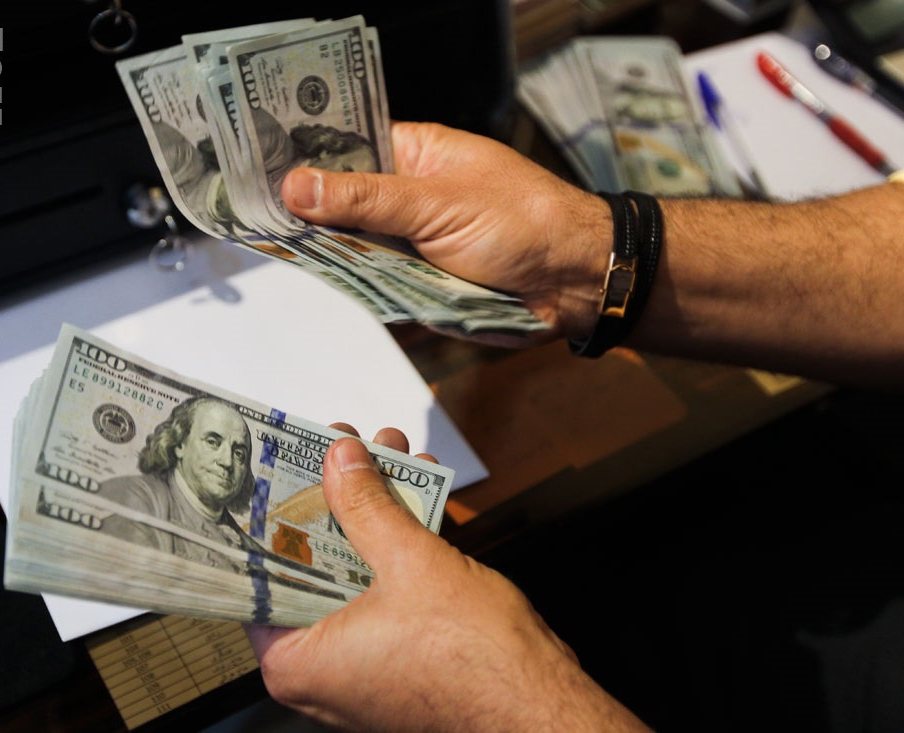Deputy Economy Minister Hossein Mirshojaiyan has underplayed the gap between the official and open market foreign exchange rates, saying that a 17% difference between the two would not deter the Central Bank of Iran from moving ahead with rate unification.
The longstanding pledge to unify the two rates has been floated by CBI several times only to be postponed once again.
Mirshojaiyan, however, ascribed the current foot-dragging to CBI’s lack of effective correspondent relations with other international peers.
“The forex rate unification only hinges upon the establishment of foreign correspondent ties between the central bank and other international lenders so that forex transactions could take place easily which has not yet materialized,” Mirshojaiyan was quoted as saying by IBENA.
Private sector figures and analysts had pinned their hope on the administration of Hassan Rouhani to finally end the country’s dual exchange rate regime and thereby float the rial, which they consider a big step toward transparency and for strengthening exports that have been weakened in the past.
However, recent volatility in the currency and gold markets, which has seen the rial tumble to a historic low against the US dollar has dampened those hopes. Uncertainty around the fate of the 2015 nuclear pact reached between Iran and world powers after US President Donald Trump entered the White House has also further soured the mood, as the impulsive leader has repeatedly threatened to scrap the deal unilaterally and reinstate sanctions.
The official added that more important than forex rate unification would be market stability because appropriate correspondent ties have not materialized yet.
“As long as rate unification has not happened, all the criticism is directed at it, but if it is implemented and we fail, then the results would be far worse,” he said.
Mirshojaiyan also weighed in on fears of a double-digit inflation, saying that a a two-digit figure would not matter because “that would incorporate an inflation of both 99% and 10%”.
However, he predicted that inflation would remain in the single digit until the end of the current fiscal year in March.
Iran’s inflation rate eased into single digits for the first time in a quarter century in the summer of 2016.
According to the International Monetary Fund, Iran’s inflation is projected to pick up temporarily in 2018-19 from 9.9% in 2017-18, if a fuel price increase is approved, and return to single digits in the medium-term aided by prudent policies.


